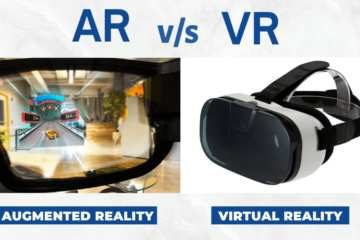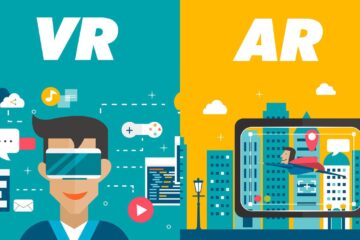Virtual Reality (VR) can incorporate both 3D and 360-degree elements. In fact, many VR experiences use a combination of both 3D and 360-degree visuals to create a fully immersive environment.
3D VR refers to the use of stereoscopic imagery, which presents two slightly different images to each eye, creating the illusion of depth and three-dimensionality. This can be achieved through the use of specialized headsets, such as the Oculus Rift or HTC Vive, which incorporate high-resolution displays and head-tracking technology to provide a realistic sense of depth and perspective.
360-degree VR, on the other hand, refers to the use of 360-degree cameras to capture a panoramic view of a real-world or virtual environment. This allows users to look around and explore the environment from any angle, creating a sense of presence and immersion. 360-degree VR experiences can be viewed through VR headsets, as well as through traditional computer screens or mobile devices.
While 3D and 360-degree elements are not necessarily mutually exclusive, they do represent different approaches to creating VR experiences. Some VR experiences may use a combination of both 3D and 360-degree elements, while others may focus more heavily on one or the other, depending on the specific goals and requirements of the project.
#AugmentedReality #AR #VirtualReality #VR #3D #360degree





